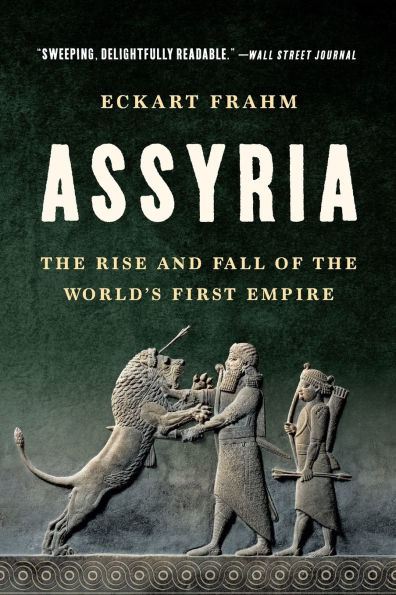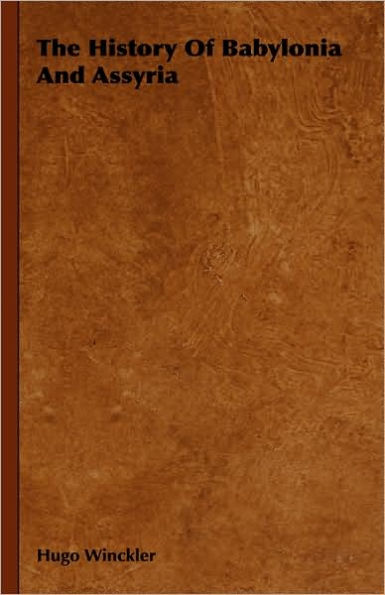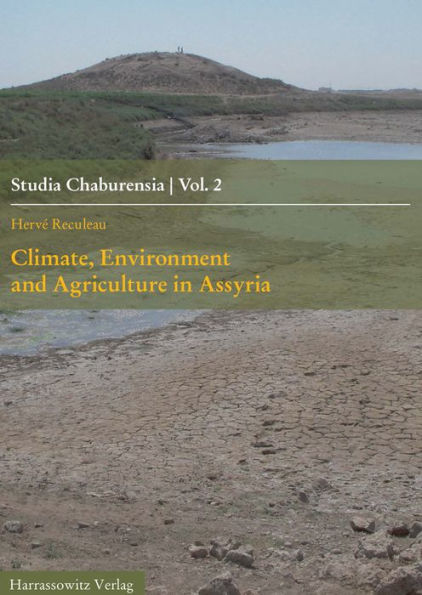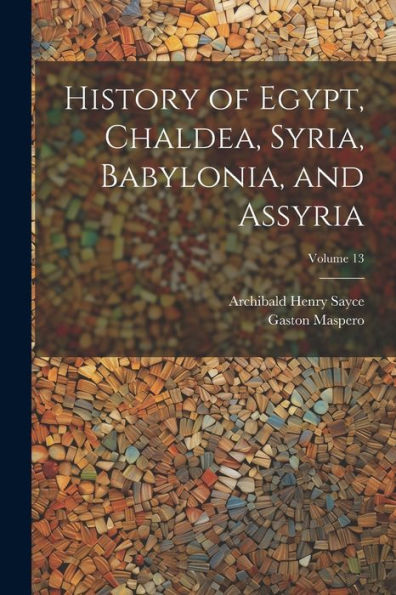Home
Water for Assyria
Barnes and Noble
Loading Inventory...
Water for Assyria in Franklin, TN
Current price: $62.00
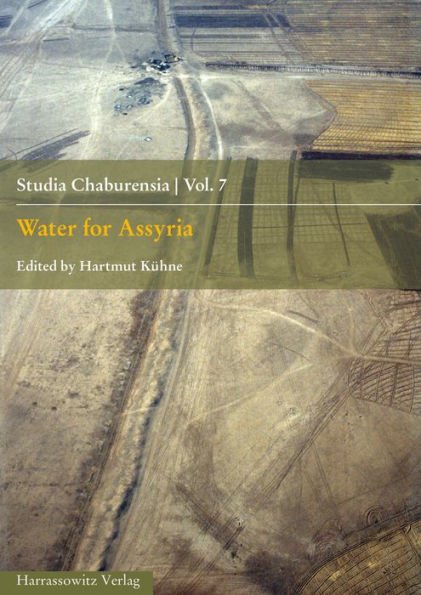
Barnes and Noble
Water for Assyria in Franklin, TN
Current price: $62.00
Loading Inventory...
Size: OS
Lying within the range of 600 to 200 mm annual precipitation, the core region of Assyria (the 'heartland') extends from the piedmont zone of the Zagros to the capital of Ashur. Scholars have maintained over decennia that water has never been of great economic significance for Assyria and that the Assyrians were unexperienced in hydraulic technology and water management. The Assyrian kings, foremost king Sennacherib (704-681 BC), were assumed to have constructed the water works of Nimrud and Nineveh for their royal gardens, pleasure, and prestige only. Assyrian water management outside the core region was unknown. The discovery of a supra-regional water guidance system in NE Syria in the 1980s, a comprehensive reevaluation of the Assyrian cuneiform sources in 2000, the application of remote sensing in landscape archaeology, and recent field work in the Kurdistan region of Iraq have generated a new assessment of Assyrian water skills and management. They demonstrate that the Assyrians had a long tradition of water engineering. Applying innovative technology like aqueducts, they invested in a large number of Grand Projects during the Middle and Neo-Assyrian Empires (c. 1350-612 BC), improving agricultural output, supply of drinking water for men and animals alike, growth of population, and transportation of goods and people. Presenting the results of ongoing projects, the authors of this volume offer insights into this exciting multi-disciplinary research field.
Lying within the range of 600 to 200 mm annual precipitation, the core region of Assyria (the 'heartland') extends from the piedmont zone of the Zagros to the capital of Ashur. Scholars have maintained over decennia that water has never been of great economic significance for Assyria and that the Assyrians were unexperienced in hydraulic technology and water management. The Assyrian kings, foremost king Sennacherib (704-681 BC), were assumed to have constructed the water works of Nimrud and Nineveh for their royal gardens, pleasure, and prestige only. Assyrian water management outside the core region was unknown. The discovery of a supra-regional water guidance system in NE Syria in the 1980s, a comprehensive reevaluation of the Assyrian cuneiform sources in 2000, the application of remote sensing in landscape archaeology, and recent field work in the Kurdistan region of Iraq have generated a new assessment of Assyrian water skills and management. They demonstrate that the Assyrians had a long tradition of water engineering. Applying innovative technology like aqueducts, they invested in a large number of Grand Projects during the Middle and Neo-Assyrian Empires (c. 1350-612 BC), improving agricultural output, supply of drinking water for men and animals alike, growth of population, and transportation of goods and people. Presenting the results of ongoing projects, the authors of this volume offer insights into this exciting multi-disciplinary research field.
